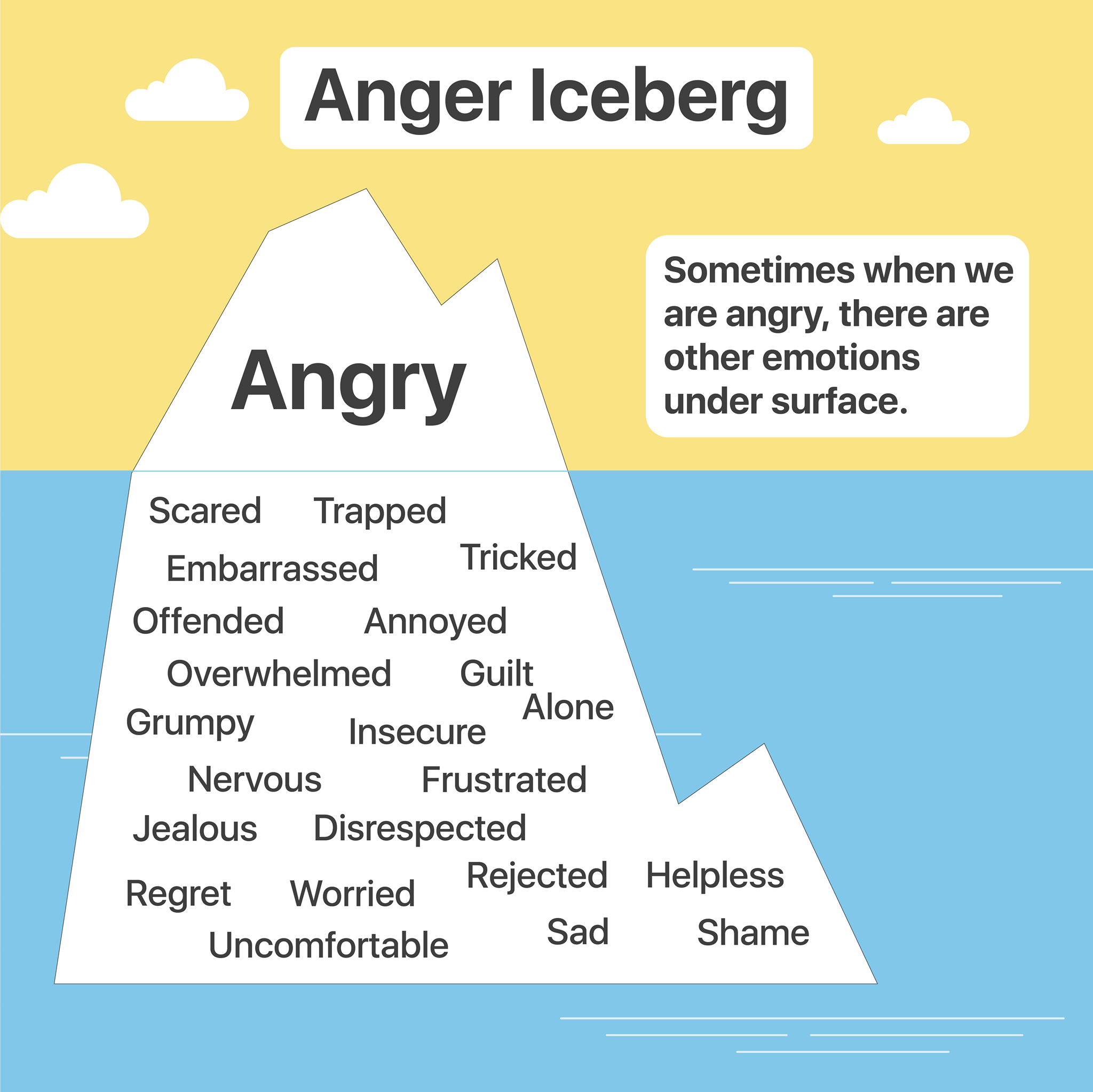
Photo: Handout, Joël SAGET / AFP / Dirty Dozen Productions / OceanGate Expeditions / DAWOOD HERCULES CORPORATION This combination of pictures created on Jshows Titan submersible passengers (L-R, top to bottom) Hamish Harding, Stockton Rush, Paul-Henri Nargeolet, Suleman Dawood and his father Shahzada Dawood. The five people aboard included the British billionaire and explorer Hamish Harding, 58 Pakistani-born business magnate Shahzada Dawood, 48, and his 19-year-old son, Suleman, both British citizens French oceanographer and Titanic expert Paul-Henri Nargeolet, 77, who had visited the wreck dozens of times and Stockton Rush, the American founder and chief executive of OceanGate, who was piloting the submersible. The submersible lost contact on Sunday morning (local time) with its support ship about an hour and 45 minutes into what should have been a two-hour descent. Rescue teams from several countries have spent days searching thousands of square miles of open seas with planes and ships for any sign of the 6.7m Titan, operated by US-based OceanGate Expeditions. "The debris is consistent with a catastrophic loss of the pressure chamber," Mauger said.

"Our hearts are with these five souls and every member of their families during this tragic time."Īn unmanned deep-sea robot deployed from a Canadian ship discovered the wreckage of the submersible on Thursday morning about 488m meters from the bow of the century-old wreck, 4km below the surface, US Coast Guard Rear Admiral John Mauger said at a press conference. "These men were true explorers who shared a distinct spirit of adventure, and a deep passion for exploring and protecting the world's oceans," OceanGate Expeditions said in a statement. The five people aboard a missing submersible died in a "catastrophic" event, a Coast Guard official says, bringing a grim end to the massive search for the vessel that was lost during a voyage to the Titanic. Above all, be kind to yourself.OceanGate's Titan submersible launching from a platform. It didn’t take a few days to develop your anger, it will take more than a few to shift these patterns. It is not as easy as I make it sound however, which is why it can help to talk it out with a professional, and recognize that your anger is a process. Tackle the anxiety, the doubt, the insecurities and you thereby tackle the anger. The anger is a projection of those fears.

Beneath the surface however, there is a lot of fear, anxiety, stress and lack of sleep around their new bundle of joy. On the surface, it appears that they are just making each other angry and can do nothing right where the other is concerned. For example, I have worked with new parents who were fighting constantly after the birth of their child. People tend to use anger to express whatever emotion is simmering within the depths, such as fear, insecurity, or hurt feelings. Anger is theoretically the "tip of the iceberg" so to speak, and what lies beneath the surface are the true, core emotions a person is experiencing. If you look at an iceberg, it can be very hard to tell what is going on beneath the surface, can't it? The iceberg looks one way at the top (rather small) and then.wowzas, below the surface there is A LOT going on.

See, anger is very rarely an emotion in and of itself, but rather is a symptom of another emotion.

The anger iceberg is one of my favourite ways to explain anger to my clients.


 0 kommentar(er)
0 kommentar(er)
